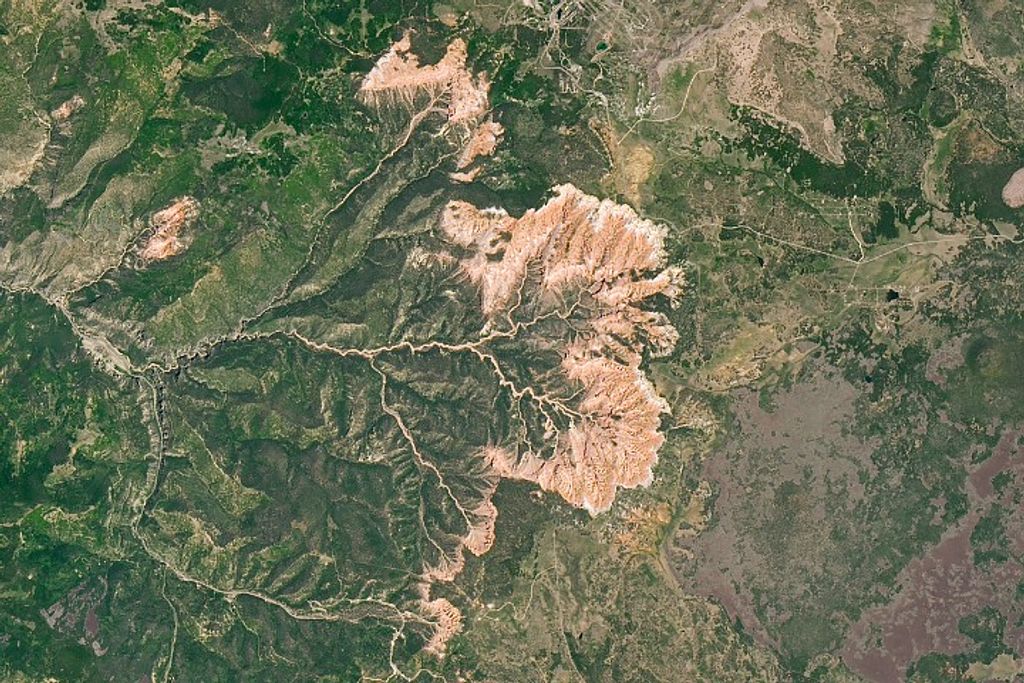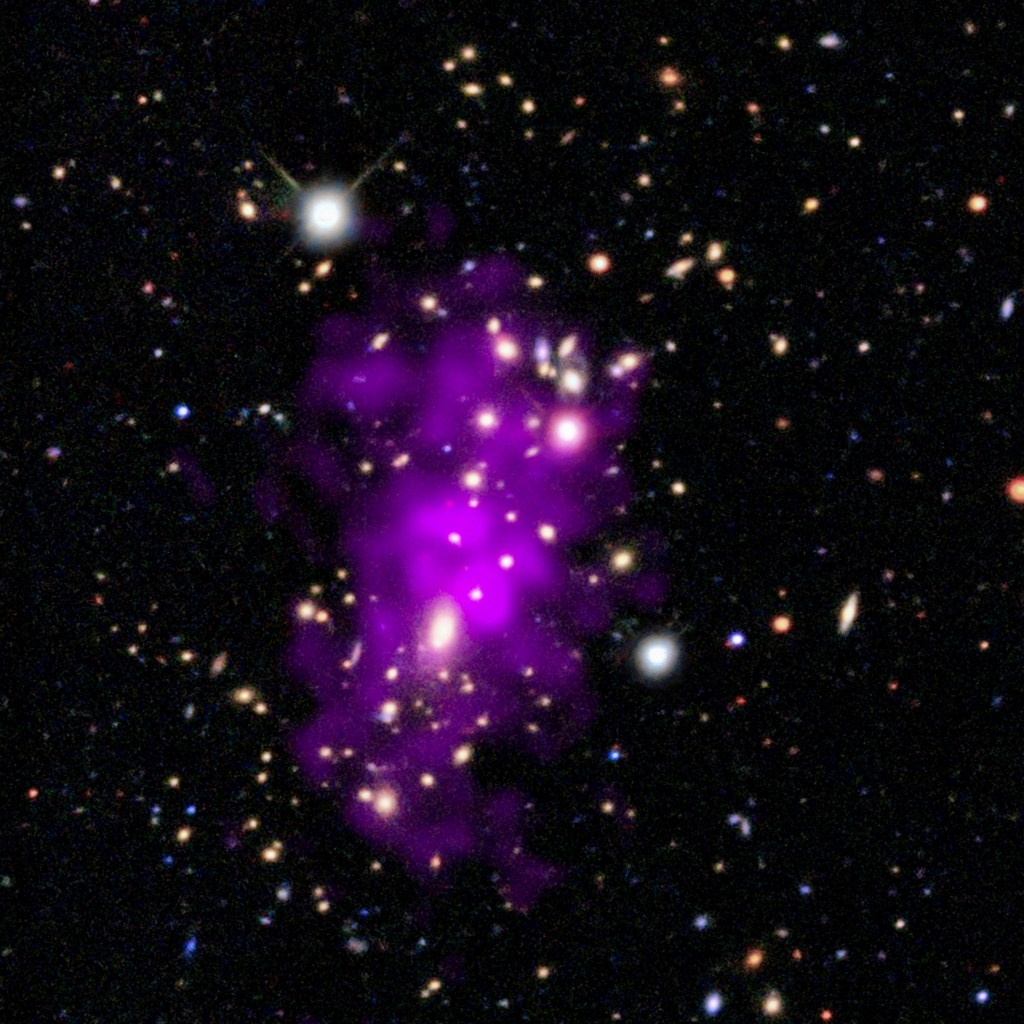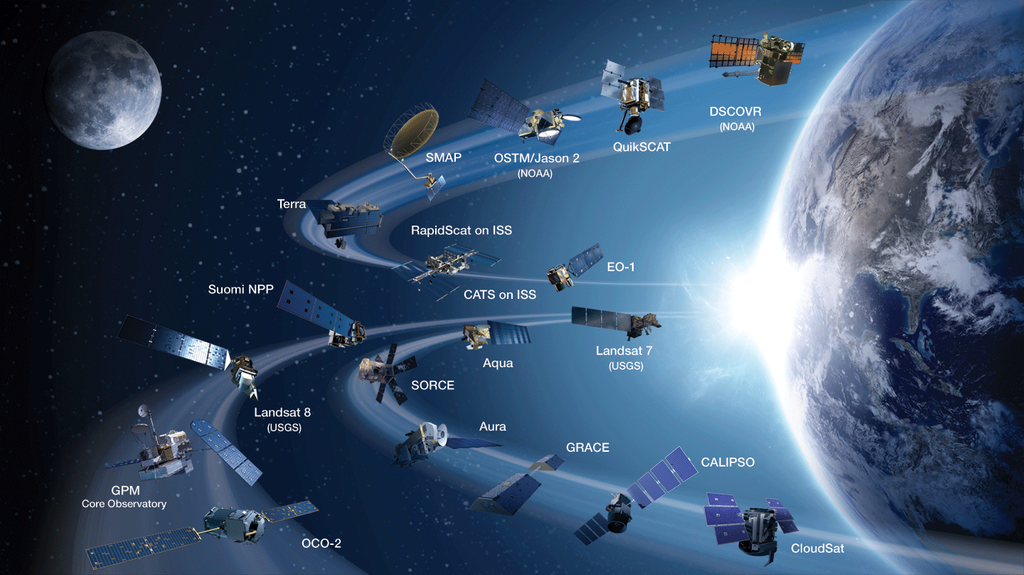1 min read
Saturn from 1996 to 2000

Looming like a giant flying saucer in our outer solar system, Saturn puts on a show as the planet and its magnificent ring system nod majestically over the course of its 29-year journey around the Sun. These Hubble Space Telescope images, captured from 1996 to 2000, show Saturn's rings open up from just past edge-on to nearly fully open as it moves from autumn towards winter in its Northern Hemisphere.
Saturn's equator is tilted relative to its orbit by 27 degrees, very similar to the 23-degree tilt of the Earth. As Saturn moves along its orbit, first one hemisphere, then the other is tilted towards the Sun. This cyclical change causes seasons on Saturn, just as the changing orientation of Earth's tilt causes seasons on our planet. The first image in this sequence, on the lower left, was taken soon after the autumnal equinox in Saturn's Northern Hemisphere (which is the same as the spring equinox in its Southern Hemisphere). By the final image in the sequence, on the upper right, the tilt is nearing its extreme, or winter solstice in the Northern Hemisphere (summer solstice in the Southern Hemisphere).
Astronomers are studying this set of images to investigate the detailed variations in the color and brightness of the rings. They hope to learn more about the rings' composition, how they were formed, and how long they might last. Saturn's rings are incredibly thin, with a thickness of only about 30 feet (10 meters). The rings are made of dusty water ice, in the form of boulder-sized and smaller chunks that gently collide with each other as they orbit around Saturn. Saturn's gravitational field constantly disrupts these ice chunks, keeping them spread out and preventing them from combining to form a moon. The rings, as shown here, have a slight pale reddish color due to the presence of organic material mixed with the water ice.
Saturn is about 75,000 miles (120,000 km) across, and is flattened at the poles because of its very rapid rotation. A day is only 10 hours long on Saturn. Strong winds account for the horizontal bands in the atmosphere of this giant gas planet. The delicate color variations in the clouds are due to smog in the upper atmosphere, produced when ultraviolet radiation from the Sun shines on methane gas. Deeper in the atmosphere, the visible clouds and gases merge gradually into hotter and denser gases, with no solid surface for visiting spacecraft to land on.
The Cassini/Huygens spacecraft, launched from Earth in 1997, is well on its way to the Saturn system. It will arrive in 2004 to land a probe on Titan, Saturn's largest moon, and to orbit the planet for four years for a detailed study of the entire Saturn system.
These images of Saturn, taken with the Wide Field Planetary Camera 2 onboard Hubble, were collected by Richard French (Wellesley College), Jeff Cuzzi (NASA/Ames), Luke Dones (SwRI), and Jack Lissauer (NASA/Ames), and have been prepared for presentation by the Hubble Heritage Team.
About the Object
- DistanceDistanceThe physical distance from Earth to the astronomical object. Distances within our solar system are usually measured in Astronomical Units (AU). Distances between stars are usually measured in light-years. Interstellar distances can also be measured in parsecs.The semi-major axis of Saturn's orbit about the sun is 9.5 Astronomical Units (A.U.) or roughly 1.4 billion km.
- DimensionsDimensionsThe physical size of the object or the apparent angle it subtends on the sky.The planet (without rings) has a diameter of roughly 75,000 miles (120,000 km) at the equator.
About the Data
- Data DescriptionData DescriptionProposal: A description of the observations, their scientific justification, and the links to the data available in the science archive.
Science Team: The astronomers who planned the observations and analyzed the data. "PI" refers to the Principal Investigator.Principal Astronomers: R.G. French (Wellesley College), J. Cuzzi (NASA/Ames Research Center), L. Dones (SwRI), and J. Lissauer (NASA/Ames Research Center). - InstrumentInstrumentThe science instrument used to produce the data.HST>WFPC2
- Exposure DatesExposure DatesThe date(s) that the telescope made its observations and the total exposure time.October 1996, October 1997, October 1998, November 1999, and November 2000
- FiltersFiltersThe camera filters that were used in the science observations.F675W (R), F555W (V), and F439W (B)
- Object NameObject NameA name or catalog number that astronomers use to identify an astronomical object.Saturn
- Object DescriptionObject DescriptionThe type of astronomical object.Planet
- Release DateJune 7, 2001
- Science ReleaseA Change of Seasons on Saturn
- Credit

Blue: F439W (B) Green: F555W (V) Red: F675W (R)
Share
Details
Claire Andreoli
NASA’s Goddard Space Flight Center
Greenbelt, Maryland
claire.andreoli@nasa.gov



































